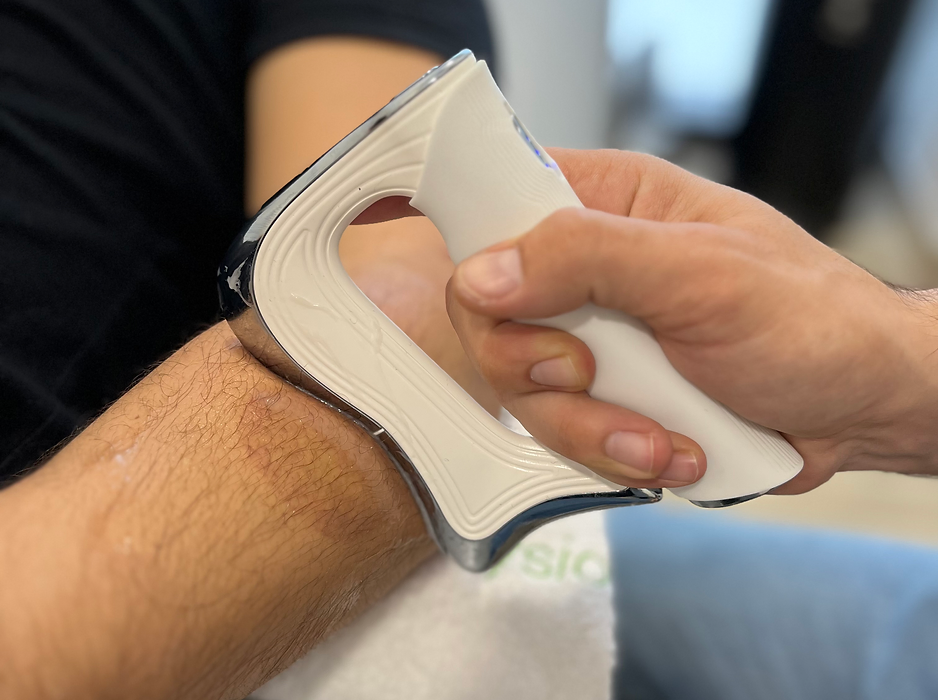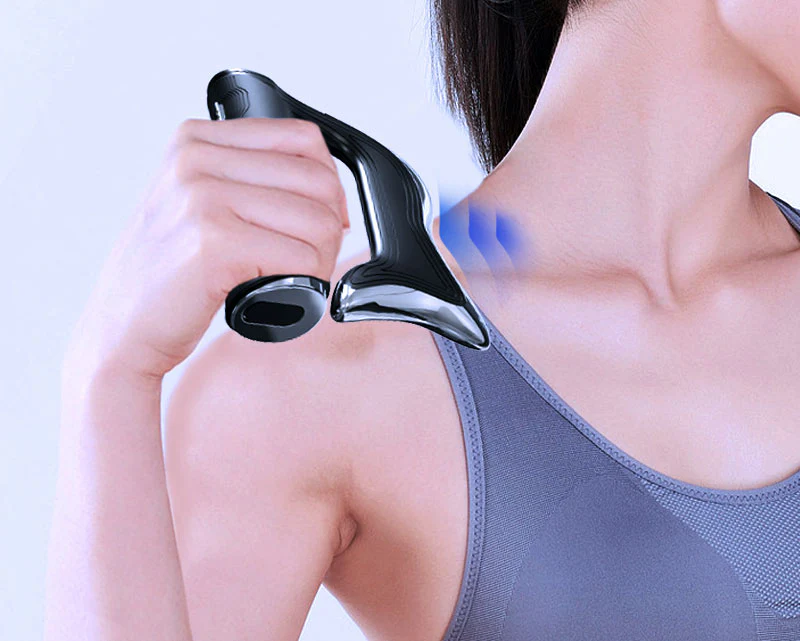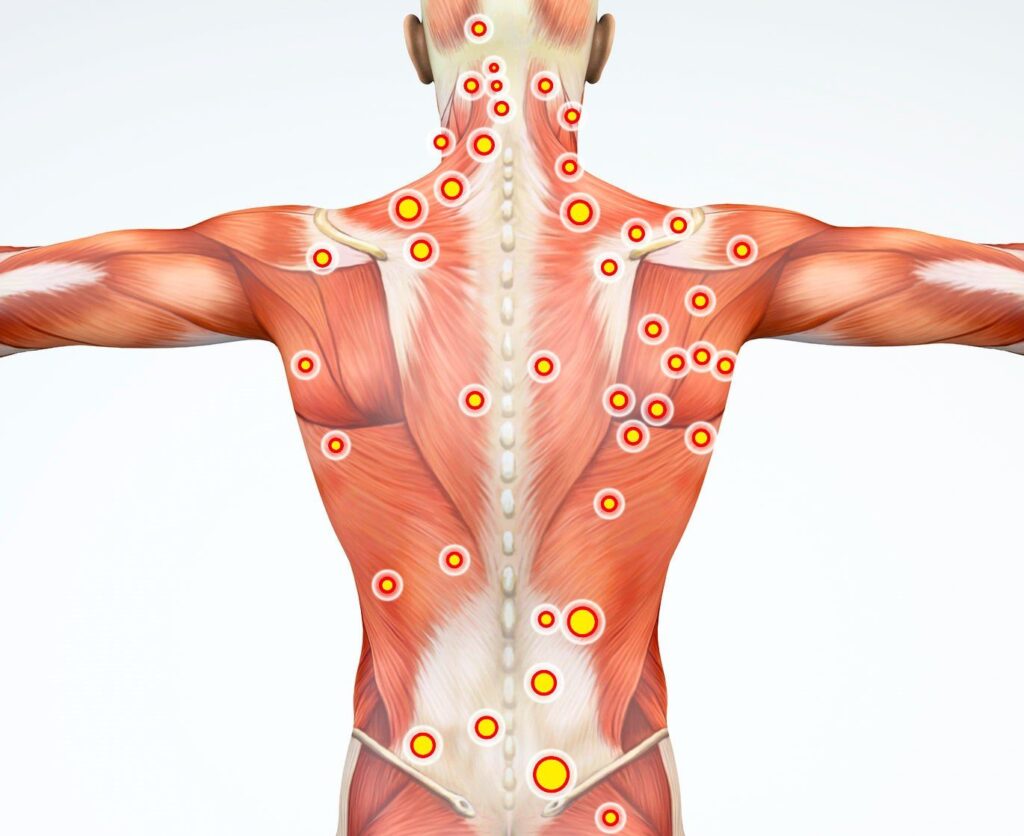Blog
7 Key Insights on Which Proprioceptive Organ Is Targeted During Myofascial Release Techniques?
Muscle tension, chronic pain, and stiffness often result from myofascial restrictions. Understanding how myofascial release techniques interact with the body’s proprioceptive system can enhance their effectiveness in pain relief and rehabilitation. But which proprioceptive organ is targeted during myofascial release techniques? Let’s explore the science behind this powerful therapy and how it contributes to myofascial pain syndrome treatment.
1. Understanding Proprioception in Myofascial Release
Proprioception is the body’s ability to sense its position and movement through specialized sensory organs embedded in muscles and tendons. These organs continuously send feedback to the brain, allowing precise movement control and muscle regulation.
During myofascial release therapy, practitioners apply sustained pressure and stretching to relieve muscle tightness. This process stimulates proprioceptive receptors, triggering neuromuscular relaxation and tension relief.

2. The Golgi Tendon Organ: The Primary Target of Myofascial Release
The Golgi tendon organ (GTO) is the main proprioceptive organ affected during myofascial release techniques. It is located where muscles attach to tendons and functions as a tension regulator. When activated, the GTO sends inhibitory signals to the spinal cord, leading to muscle relaxation.
How Myofascial Release Stimulates the Golgi Tendon Organ ?
- Sustained pressure on tight fascia increases tension in tendons.
- The GTO detects excessive force and sends signals to relax the muscle.
- This process reduces stiffness, enhances blood flow, and promotes faster recovery.
By targeting the GTO, myofascial release therapy effectively breaks muscle knots, releasing deep-seated tension.
3. Secondary Proprioceptive Organs Affected by Myofascial Release
Although the GTO is the primary target, myofascial release also influences muscle spindles—another important proprioceptive sensor.
Muscle Spindles and Myofascial Release
Muscle spindles are located within muscle fibers and detect changes in muscle length and stretch speed. When muscles are overstretched, spindles trigger protective contractions (stretch reflex), preventing injury.
- Gentle, slow myofascial release movements override the stretch reflex.
- This allows deep stretching without triggering muscle guarding.
- Combined with GTO activation, this leads to enhanced flexibility and pain relief.
4. Myofascial Release and Myofascial Pain Syndrome Treatment
Myofascial pain syndrome (MPS) is a chronic condition caused by tight, overactive trigger points in the fascia. These trigger points contribute to persistent muscle pain, stiffness, and restricted movement.
How Myofascial Release Helps Treat Myofascial Pain Syndrome ?
- Releasing Trigger Points: By stimulating the GTO, myofascial release reduces excessive muscle contractions that cause trigger points.
- Improving Circulation: Increased blood flow promotes oxygenation of tissues, aiding natural healing.
- Restoring Mobility: Decreasing muscle tension leads to improved range of motion and posture.
A study published in the Journal of Bodywork and Movement Therapies found that consistent myofascial release therapy significantly reduces pain intensity and muscle stiffness in MPS patients.

5. Common Myofascial Release Techniques for Targeting Proprioceptive Organs
Several effective self-myofascial release techniques can help stimulate the Golgi tendon organ and relieve pain.
Self-Myofascial Release Methods
- Foam Rolling – Provides sustained pressure to stimulate GTO response.
- Massage Balls – Helps reach deeper trigger points in small muscle groups.
- Stretching with Breathwork – Enhances GTO activation and reduces muscle guarding.
- Vibration Therapy – Increases blood flow and proprioceptive stimulation.
For those seeking a more advanced solution, the MONKIKA Myofascial Pro provides deep tissue relief with microvibration and microcurrent technology, mimicking professional therapist techniques.
6. Proprioceptive Training to Complement Myofascial Release
To maximize the benefits of myofascial release, incorporating proprioceptive training can further improve muscle control and stability.
Exercises to Enhance Proprioception
- Balance Training: Improves neuromuscular coordination.
- Resistance Band Movements: Encourages active muscle control.
- Isometric Holds: Strengthens deep stabilizing muscles.
7. Are There Risks to Myofascial Release?
While myofascial release therapy is generally safe and effective, there are some precautions to consider.
Myofascial Release Contraindications
- Avoid Applying Pressure on Acute Injuries – Recently injured tissues require proper healing before deep release techniques.
- Not Recommended for Inflammatory Conditions – Conditions like rheumatoid arthritis may worsen with excessive fascial stimulation.
- Be Cautious Around Nerve-Dense Areas – Avoid prolonged pressure on sensitive nerve pathways.
If you have underlying medical conditions, consult a physical therapist or healthcare provider before starting self-myofascial release therapy.

Conclusion: Unlocking the Power of Myofascial Release for Pain Relief
Understanding which proprioceptive organ is targeted during myofascial release techniques can enhance treatment effectiveness. By focusing on the Golgi tendon organ, myofascial release reduces tension, improves circulation, and relieves chronic pain—making it a powerful therapy for myofascial pain syndrome treatment.
For a professional-grade myofascial release experience at home, consider the MONKIKA Myofascial Pro—designed to deliver deep tissue relief and optimal recovery.




